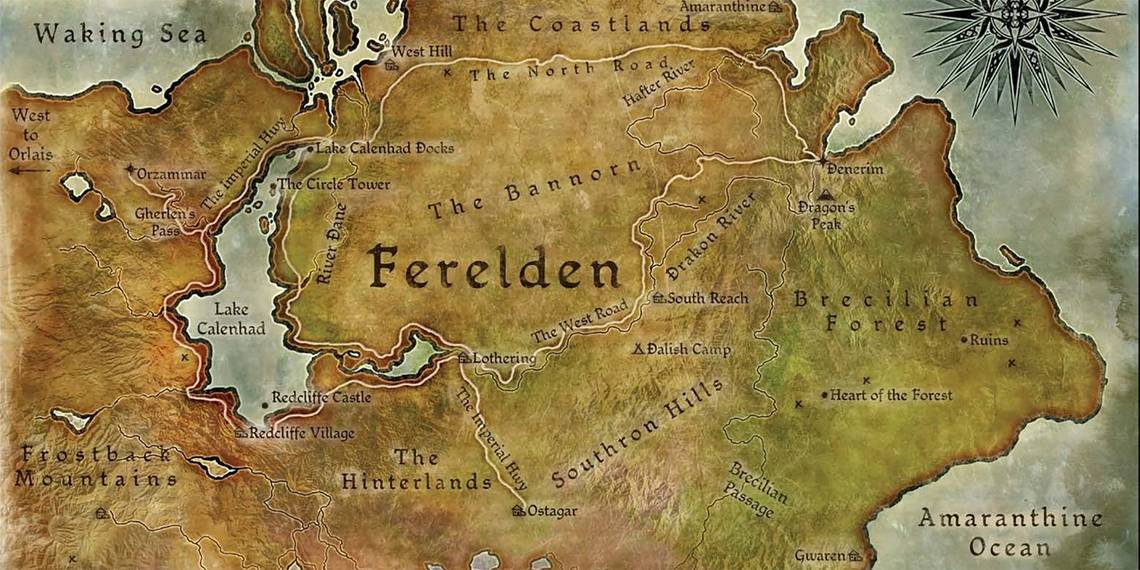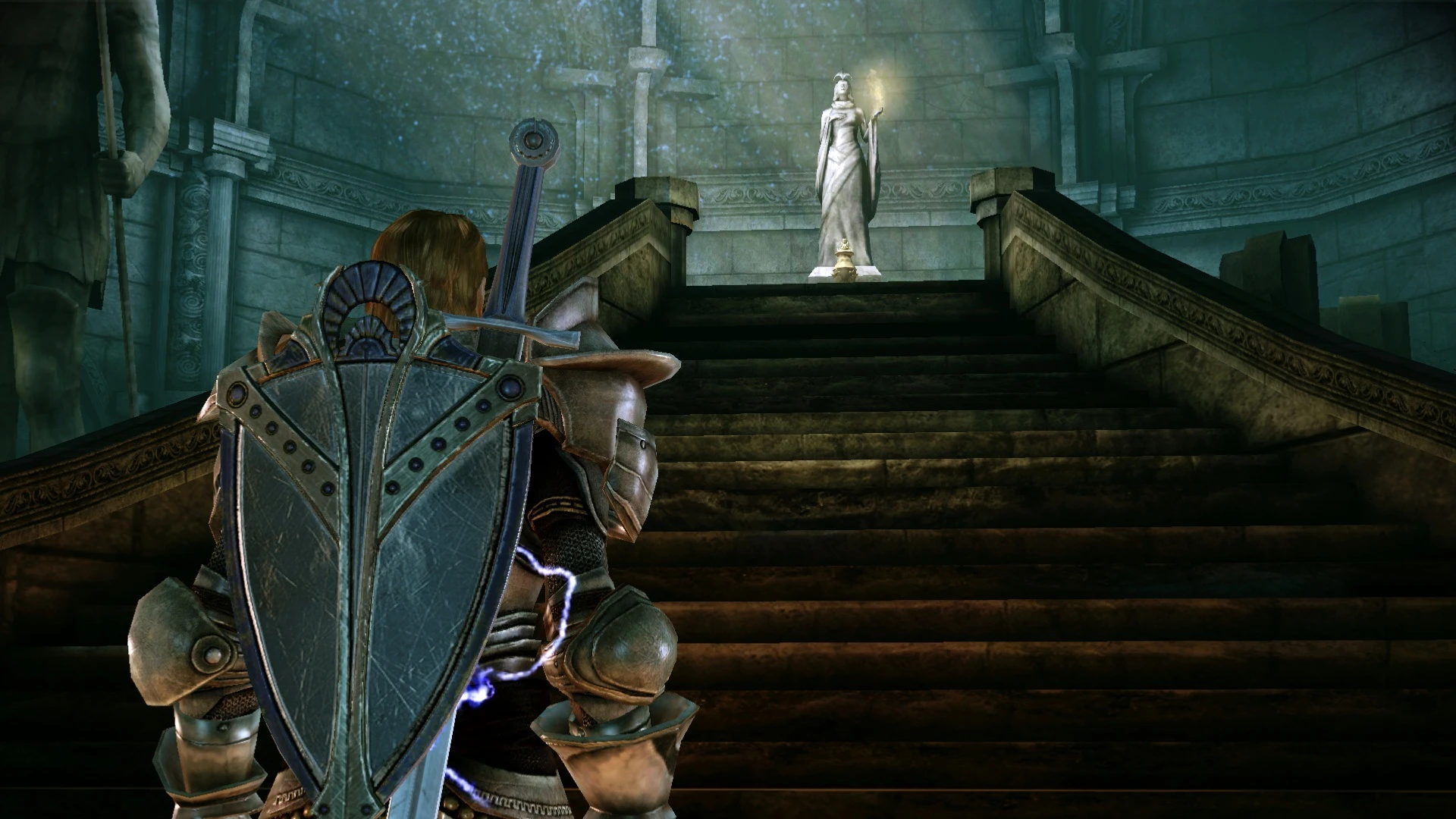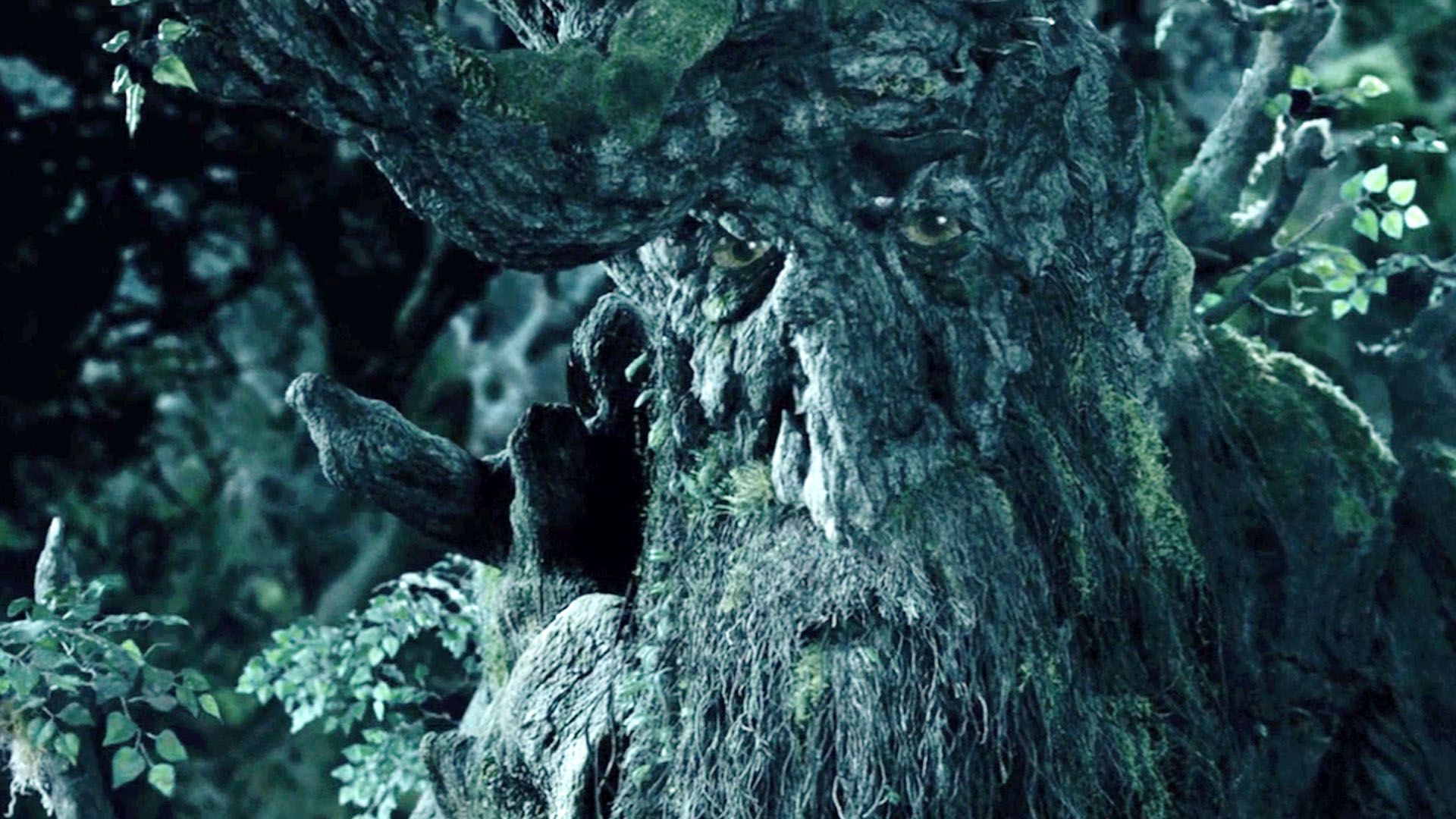 |
| Original Theater Poster |
The 2001 movie A Knight's Tale written, directed, and produced by Brian Helgeland is considered an action medieval comedy. The film centers around a peasant who dreams of becoming a famous knight. The movie is set in the 14th century, a time typically considered near the end of the Medieval period. Aside from being set in Medieval times and having knights, sword fights, and royalty the movie has some Medieval specific genre examples and other hints of medieval literature.
Medieval Epic Representaion
Though this story is considered more of a comedy than an action movie, A Knight's Tale is a great modern representation of what a Medieval epic was, and the key elements and themes that often showed up. Medieval epics were long narrative poems disseminated in spoken or written formats. The genre as a whole dealt with one hero's journey involving battles or unbelievable feats (Yoshisda). During the hero's journey, the battles they face create some sort of physical or mental transformation (Needham). In A Knight's Tale, the main character William Thatcher completes the hero's journey and not only transforms himself, but also his fate. From the beginning of the movie, William's main goal from childhood is to become a knight. However because he has no royal blood, he could not become a knight. His father sends him away to to become a squire to a knight, the closest he could get to being a knight, to try and "change his stars." Years later, after his master dies, he trains to take his spot in a jousting and sword-fighting tournament. By faking his lineage he gets into the tournament and starts to gain notoriety. Overcoming his lineage is one battle on his journey William faces. With more and more wins under his belt, William starts to create enemies. One in particular is Sir Adimar, who becomes his romantic and tournament rival. Adimar finds out William has been lying and has him arrested. Losing credibility and being imprisoned is the second battle he must face. In the end, Prince Edward proves that William is of royal blood through distant relations. This gets William out of jail, allows him to compete in the final tournament, best Adimar, and in the end "change his stars." Through the different battles William went through he not only changed as a person morally, but also ended up changing his fate as a whole. This is exactly what a hero's journey from a Medieval epic exemplifies. Below is a video from the movie showing the completion of William's journey.
Chivalry and Courtly Love
A major subplot of the movie is William's romance with the main female character Jocelyn. Throughout the movie, some scenes directly represent courtly love and chivalry that were staples of Medieval literature and medieval romance. While the movie itself does not directly follow all 31 rules of courtly love and the Code of Chivalry, it does show certain rules or patterns that one follows to show their love (Bell Shakespeare). Some of these include the man existing to serve their love, a complex combination of social, romantic religious, and philosophical factors (Britannica). The love between William and Joclyn is also a reference to a story between Lancelot and Guinevere (McAdams).
Several scenes stand out in A Knight's Tale that highlight the courtly love between William and Jocelyn. One of the main scenes that shows this is when William is in a jousting tournament. After a fight, Jocyln asks him to lose the tournament to prove his love to her. He reluctantly does this to show that he truly loves her. After seeing him lose and go through all that pain to prove he loves her, she then asks him to win the tournament to prove that he loves her (see video two).
Other Medieval References
Work Cited:
A Knight's Tale. Directed by Brian Helgeland, performances by Heath Ledger, Shannyn Sossamon, Paul Bettany, and Rufus Sewell, Columbia Pictures, 2001.
Bell Shakespeare. “Courtly Love.” Bell Shakespeare, bellshakespeare.com.au/courtly-love#:~:text=Courtly%20Love%20followed%20strict%20rules,worn%20during%20a%20medieval%20tournament.
Britannica, The Editors of Encyclopaedia. "chivalry". Encyclopedia Britannica, 22 Nov. 2024, https://www.britannica.com/topic/chivalry.
McAdams, Eric. “20 Crazy Behind-the-Scenes Details about a Knight’s Tale.” ScreenRant, 27 July 2018, screenrant.com/details-knights-tale-behind-the-scenes/.
Needham, Jonathan. “And a Hero Will Save Us; What Do Heroes from Ancient and Medieval Epics Teach Us in the 21st Century?”. Athens Institute for Education and Research, 16, April. 2018, Athens Journal of Humanities & Arts, vol. 5, iss. 2, pp 207-224
Video 1: "A Knight's Tale | William's Return For The Final Match (ft. Heath Ledger) | Cinema Quest" Youtube, uploaded by Cinema Quest, July 20, 2023, www.youtube.com/watch?v=Pnzf1gqIszA.
Video 2: "A Knight's Tale | William Proves His Love" Youtube, uploaded by Now Playing, October 24, 2021, www.youtube.com/watch?v=UxotZgecjdc.
Video 3: "A Knight's Tale: A Dance From Gelderland Scene (Heath Ledger)." Youtube, uploaded by Scene City, February 1, 2023, www.youtube.com/watch?v=LFh7L0F_xVU.
Wagner, J. (2006), Encyclopedia of the Hundred Years War (PDF), Westport: Greenwood Press, ISBN 978-0-313-32736-0, archived from the original (PDF) on 16 July 2018
Yoshida, Atsuhiko. "Epic." Encyclopedia Britannica, 11 Sep. 2024, britannica.com/art/epic.



2.png/revision/latest?cb=20150130150054)

















